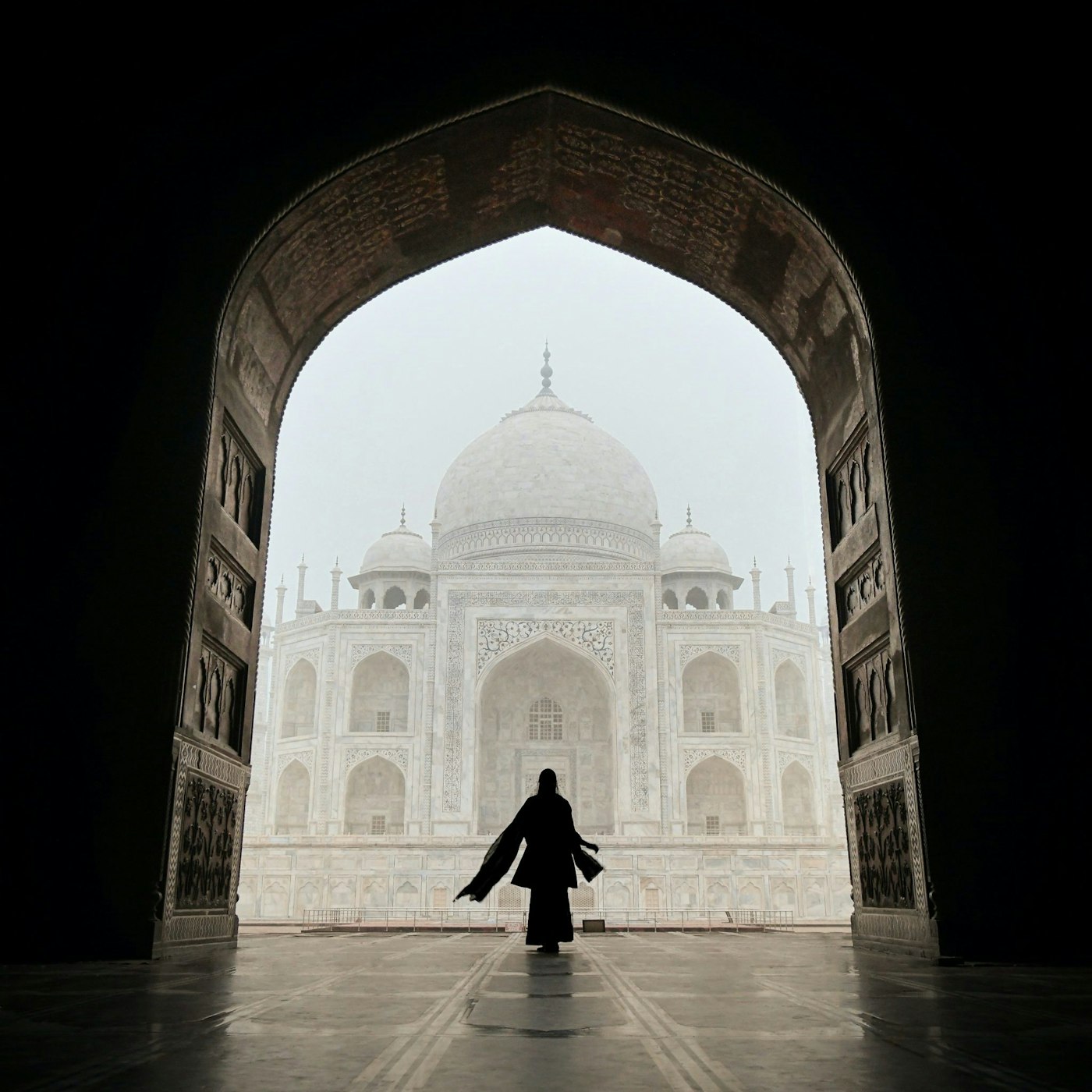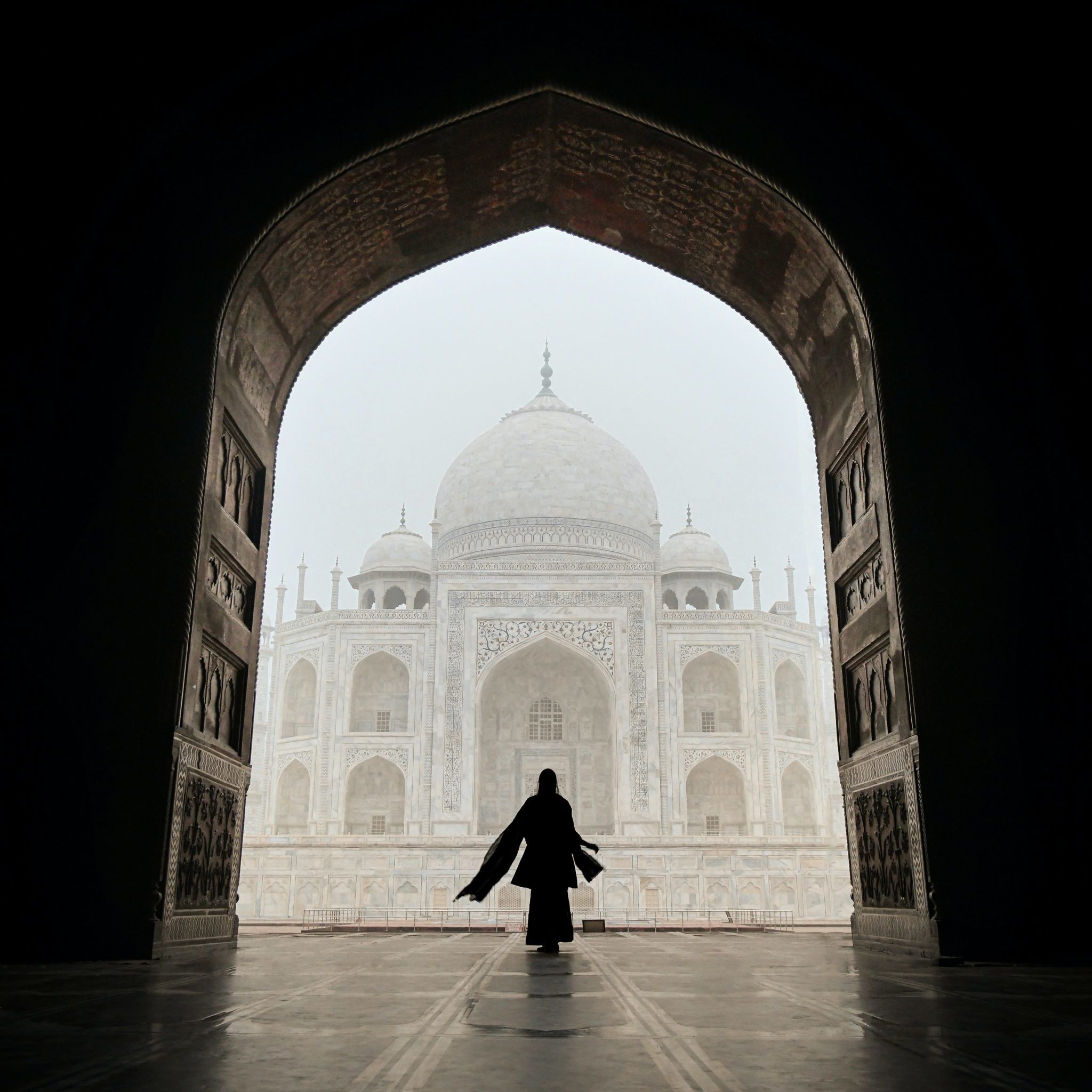
All over the world, people know of the Hindi film industry as the factory of big, colourful films where people start dancing out of nowhere in the most gorgeous, elaborate costumes. We fondly call this industry Bollywood. The term has been derived from the American film industry Hollywood, albeit replacing the ‘H’ with ‘B’ from Bombay, the city where the industry took birth. Mainstream Bollywood releases around 50 to 100 films every year, and these are watched by billions of people.
As per data from 2021, Muslims form over 14% of India’s population, being the second largest community in India. Despite this, they haven’t exactly found proper representation in Bollywood films. While some characters are caricatures, others are stereotypes. Another harmful trend that is going on is the seeping of real life Islamophobia in India into films.
The cinema of a country is often dictated by the social and political conditions. Dr. B. K. Ravi rightly points this out: During the 50’s and 60’s, Muslims were a thriving community in India and the outlook of the public and government was fairly secular. Thus, there were movies like Anarkali, Mughal-e-Azam and Mumtaz Mahal which showcased the rich traditions of Indian Muslims.
Fast forward to 2023; Muslims have been increasingly demonised in mainstream Bollywood since the past decade. The rampant real life Islamophobia has translated to the screens as well. A research paper by Zainab Sikander affirms the fact that since the Bharatiya Janata Party (BJP) came to power in 2014, Islamophobia in India has risen. The ruling party is notorious for their hate politics, communal politics and bigoted ideology. Muslims in India face otherization, stereotyping and hate, which manifests in crimes at worst and stereotyping and trolling at best.
The History
The Mughal kings were Muslim rulers of Turkish descent who reigned over India from the 16th to the 18th century. They formed the largest ever dynasty to have ruled over the Indian subcontinent. While they were revered and studied in history classes as emperors who contributed to India’s culture, food and history in a significant manner, they were depicted in a similar manner in films as well. Jodha Akbar, released in 2013, narrated the story of Emperor Akbar and Hindu Princess Jodha beautifully.
Padmaavat, however, which released in 2018, showed Alauddin Khilji as a perverted, ravenous, blood hungry king. Even in Panipat and Tanhaji, the Muslim antagonist has similar traits. This is in line with the subtle hate and erasure campaign that is going on on social media and in educational institutions. Social media pages with an extremist right wing ideology constantly peddle the narrative that the Mughals were actually invaders responsible for the destruction of India.
In a recent event, no Muslim rulers were included at an exhibition organised by the Indian Council of Historical research featuring mediaeval dynasties of India. On being asked the reason, the secretary replied that Islamic and Christian rulers have destroyed Indian civilisation and hence he doesn’t consider them to be a part of Indian history.
Another narrative that became popular worldwide post 9/11 was that Muslims are terrorists. This came across in films like Kabul Express, Baby and New York where the villains were always Muslims who somehow became associated with Al Qaeda or ISIS. Similarly, in Sarfarosh, Naseeruddin Shah who plays the Muslim villain, says his malicious actions stemmed from his community being hurt during the partition.
For those unacquainted with India’s history, India and Pakistan have been rivals since their violent and bloody partition in 1947 by the colonial British. The hate has shown up in wars, politics, entertainment and even cricket matches between both countries. Pakistan in India is synonymous with Muslims. A further point of contention between these two countries is the place often referred to as Heaven on Earth – the state of Kashmir. While Kashmir is part of India on paper, the people there have long been fighting to gain independence from India. The mainstream perception of Kashmiris is that they are Pakistan appeasing, terrorist sympathising betrayers of the nation.
Thus, Pakistan is often the enemy in Bollywood films and so are Kashmiris. Mission Majnu and Uri were some recent examples where Pakistanis are shown as weak, stupid and out to destroy India. Unarguably, due to their hyper nationalistic nature, these films do very well and often lead to jingoism.
The Men
Bollywood peddles the narrative of good Muslim – bad Muslim dichotomy which essentially means- ‘Sure, good Muslims exist, and these are the ones who put their nation before their religion.’ In Chak De India, Shahrukh Khan’s character proves his patriotism by coaching the girls’ team to glory. In My Name Is Khan, his character faces Islamophobia and eventually shows people that every Muslim is not a terrorist. Even in Sarfarosh, there is one police officer who is considered a traitor due to being Muslim, while he is actually loyal to his job. While some may say that this is in fact a positive representation, it draws out a message- ‘You can be a Muslim, but you must be a good one who loves his nation.’ No other characters from other faiths constantly have to go on a journey of proving themselves as patriotic in films.
Another vile stereotype that Bollywood films enforce is of Muslim men being domestic abusers, wife-beaters, or just bad fathers. The most recent example of this was Darlings, in which Hamza beats his wife up regularly. In Zindagi Na Milegi Dobara, out of three male leads, only the Muslim one has a terrible biological father who left him. In Secret Superstar, Insia’s father is the one who regularly abuses her mother and stops her from pursuing a career in singing. In Gully Boy, Murad’s father stops him from becoming a rapper and beats up his mother.
As Hanan Irfan rightly points out, “The problem is not that Muslims are always shown as wife beaters, but that wife beaters are always shown as Muslims. Even in plots where the religious identity of the man doesn’t add anything to the plot, they would make sure the abuser is a Muslim.” I once discussed this point with a friend and she said: “But Muslims like these exist, don’t they?”
The issue isn’t the representation of Muslim characters who sin, the problem is that this is the only way they are represented. Author Chimamanda Ngozi Adichie points out the dangers of telling a single story, “When you show people as one thing over and over again, you create a single story about them. The single story creates stereotypes and the problem with stereotypes is not that they are untrue, but they are incomplete. They make one story seem like the only story.”
This narrative extends to looks and behavioural patterns of Muslims as well. A Muslim man in Bollywood will always have heavy kohl around his eyes, wearing a white kurta, a skull cap and an amulet around his neck. Very few men in India actually dress like that. He is a voracious meat eater who prays while raising his hands quite high in dua. He also speaks in fluent Urdu while dropping ‘janaab’, ‘bhaijaan’ and ‘begum’ randomly. Most Indian Muslims actually speak in their regional languages and dialects. Urdu is mostly restricted to certain areas of the country and is not the language of all Indian Muslims as it is shown to be. While these kinds of characters make you shake your head, the rest are disgusting misrepresentations.
Consequently, these stereotypes contribute to the otherization of Muslims. Ashraf Kunnummal explains proactionary Islamophobia, a phenomenon that currently captures the nature of Islamophobia in India, under the BJP.
The Women
While the men in films are villains, Muslim women are damsels in distress who are either hyper sexualised or made to appear as victims whose only way to salvation is to reject their Muslim identity. India, politically and legislatively, seems to have a saviour complex towards Muslim women. A research paper elaborates on this concept: “Muslim women are positioned as subjects to be protected by the Indian state while Muslim men are criminalised as intimate and geopolitical threats and become the targets of securitization.”
The Rashtriya Swayamsevak Sangh is an organisation closely linked to the current ruling political party the Bharatiya Janata Party in India. In 2015, they ran a campaign which urged Hindu men to marry Muslim women to ‘purify’ them and deter Muslim men from marrying Hindu women.
Research findings from a 2015 paper actually suggest that: “In recent times, there have been several cinematic attempts to somewhat re-cast female Muslim characters as the ‘new age girl who does not desist from bending the conservative (Muslim) societal norms’. However, these ‘new’ representations of Muslim women in Bollywood neither challenge stereotypes nor do they offer a nuanced picture of the association of Muslim religious practices with women’s experiences of gender injustice.”
In Ae Dil Hai Mushkil, Alizeh goes around dating, wearing immodest clothes, drinking wine and not having any tinge of an Islamic personality to her. The only thing that makes her Muslim is her name and the random Urdu she spouts. And of course, the aesthetic Nikah ceremony. This is true of many other characters.
What is more problematic is the classic representation of Muslim women as oppressed, and those who need saving from their fathers, brothers and husbands. While no character ever wears the hijab- a significant symbol of a Muslim woman- the ones who are wearing it want to take it off. In Gully Boy, Safeena’s rebellion involves taking off the hijab behind her parents’ backs and going out with her boyfriend. While this may be something that actually happens, it reaffirms the wrongful notion that Muslim women are forced to wear the hijab by their family.
Not only does this misunderstand the significance of hijab and why Muslim women wear it, such representation also gradually builds a perception that leads to the justification of real life Islamophobic events. In the state of Karnataka, practising hijab is banned in educational institutions which has led to Muslim women either giving up education or hijab. Such inaccurate representation and this ban portrays Muslim women as “passive victims, devoid of any voice and agency or those who need to be ‘rescued’.
The only time a Muslim woman is shown to be strong is when she is following a nationalist agenda. Both Rubaai and Zoya in Pathan and Ek Tha Tiger are the heroines who stop working for Pakistan when they realise that India is the greater nation morally. Not to mention, both of them are shown to be quite seductive, and once again lacking in any form of religious identity. As independent and strong they are, they too are recipients of benevolence from Indian men.
There’s also the love-jihad trope. It is basically the idea that Muslim men lure innocent Hindu women to fall in love with them and convert to Islam. This narrative vilifies Muslim men and infantilizes Hindu women, alongside turning a love affair into a sinister plot. While the Pakistani men are villainised, Pakistani women often tend to fall in love with Indian men, as shown in Veer Zara, Pathan and Ek Tha Tiger. An ideal Bollywood Muslim woman leaves her religion to be with her Hindu lover, while an ideal Bollywood Hindu woman retains her religion and rubs off in a good way on the man; much like Jodha from Jodha Akbar whose virtues of vegetarianism inspired the meat eating Akbar. She also doesn’t let go of her religious practices, which is shown as a good thing in this universe of double standards.
Just like the good Muslim man, the good Muslim woman is the one who places India first. In Veer Zara, the Pakistani Muslim woman is indebted to her Hindu lover who comes to save her from her brutish family men and is instead imprisoned by her rogue nation. She, however, spends her life in service of India and its villages.
During the 60’s to 90’s, Muslim women were often shown as beautiful courtesans, in films like Umrao Jaan and Mughal-e-Azam. Their role was nothing more than a sex symbol meant to entice the male protagonist. Post that, Muslim women were often shown as either spies, or in submissive roles. There hasn’t been any Muslim character who openly accepts her identity or behaves like real, day-to-day Muslims do.
Authenticity vs Token Diversity
When art and cinema is consumed by billions of people around the world, it becomes important that the characters and plot points shown do not contribute to marginalisation of an already cornered community. It is undermining to assume that films do not impact real life. People build their notions and beliefs based on the content they consume.
Maidul Islam points out that depicting Muslims in a certain look leads to unnecessary symbolism. When you know nothing about Islam but always see a man with a skull cap and being vilified in movies while his subservient hijabi woman is scared by his side, that is the perception you take home with you. You will never see them as anything apart from that and these perceptions will travel across generations. This is oppression in the real sense, not an imaginary force exerted upon us by our men as shown in the movies.
What should ideally be done is that when writers sit down to write Muslim characters, they do authentic research. I want to see Muslim characters on screen that I can actually relate to. I would love to see the celebration of Eid, Muslim rituals and a Muslim character who is flawed but trying her best. Maybe his/her religious identity is of no importance to the plot at all, but he/she must have some semblance of a Muslim identity that goes far beyond stereotypes and preconceived notions. Why don’t they ascribe aspirations, interesting lives and quirky personalities to us?
The lack of research on the part of writers and directors is still a best case scenario assumption. What seems likely is that the misrepresentation of Muslims is a wilful attempt to serve a political end. While representation is something that is picking up with filmmakers and producers worldwide realising its importance, we have a long way to go with that in Bollywood. All we ask for us is, if you’re representing us at all, do it properly. Do it well. Do it in a way that doesn’t fuel stereotypes, contribute to the ongoing Islamophobia and makes us look like something we are not. Don’t use us as a tool to further your political agenda. Representation must lead to relatability. The day Muslims can look at the screen and feel that the character actually seems like someone they know and is not just a crude caricature, is the day Bollywood can pat itself on the back.
References:
How the ICHR Is ‘Inventing History’ Under the Modi Government
Chimamanda Ngozi Adichie: The danger of a single story | TED
Islamophobia Studies in India: Problems and Prospects
The politics of saving Muslim women in India: Gendered geolegality, security, and territorialization
Interrogating Practices of Gender, Religion and Nationalism in the Representation of Muslim Women in Bollywood: Contexts of Change, Sites of Continuity
Imagining Indian Muslims: Looking through the lens of Bollywood Cinema







